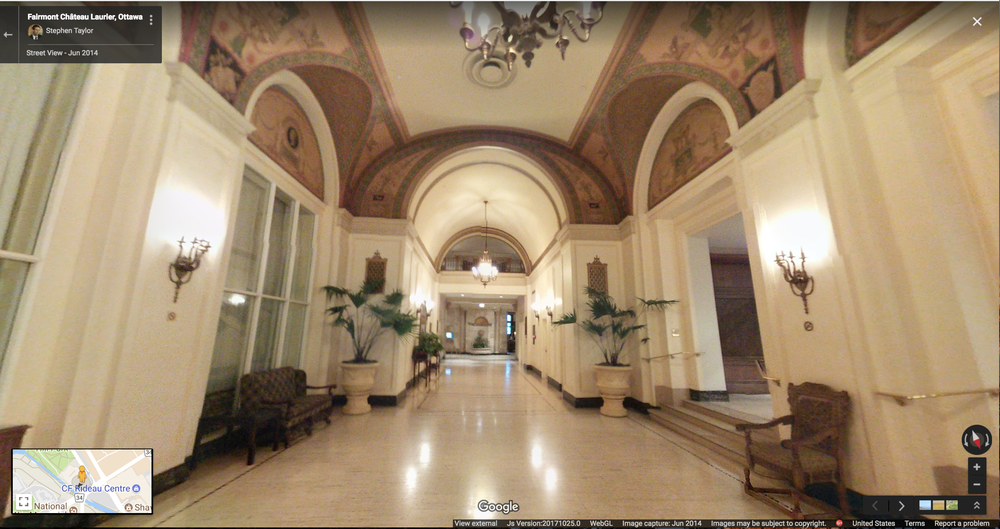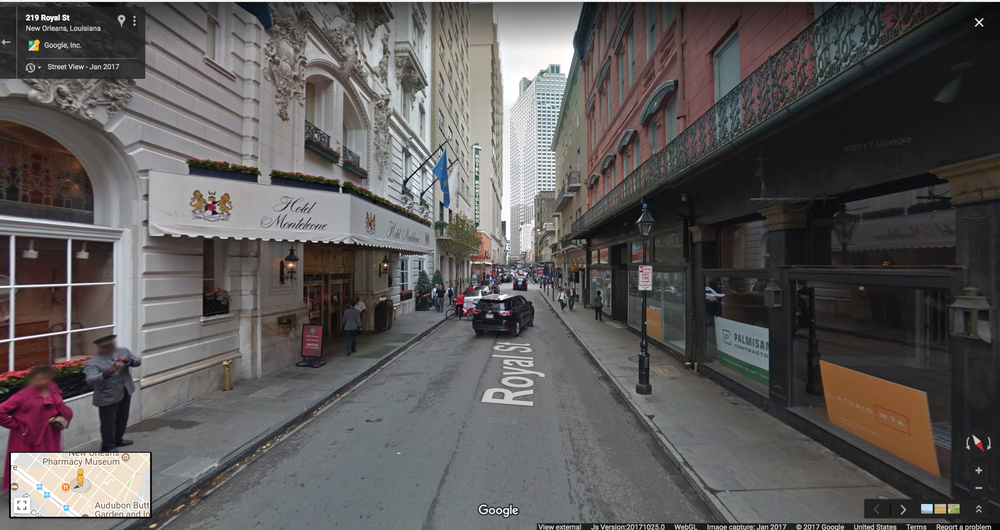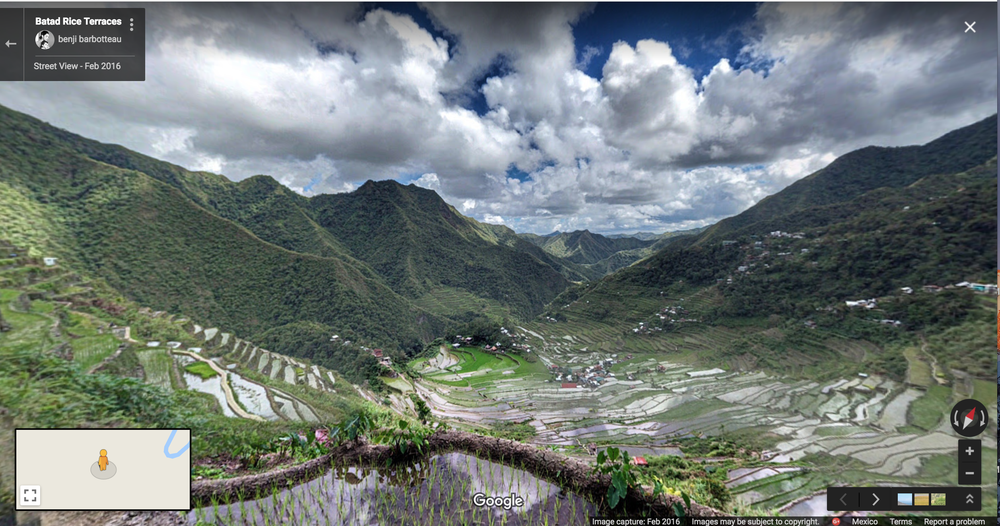It’s one thing to read a news report about polar ice caps melting, but it’s another to hear the wind whipping against a towering glacier as you watch huge chunks of ice break off and tumble into the water below. With VR video, it’s possible to experience things that are rare or places that are far away or even impossible to get to. And short of actually being there, there’s no better way to understand the great challenges and opportunities of our world. Virtual reality can help people learn more and feel a part of important but distant problems.
Awareness is the first step toward driving social change, but organizations and changemakers often lack the resources or knowledge to use VR to shine a light on the causes they care about. That’s why we’re launching Daydream Impact to help organizations, creators, and changemakers make their programs even more powerful using virtual reality.
Daydream Impact focuses on three common bottlenecks we have identified: a lack of training on how to create VR video, difficulties accessing camera equipment and tools to showcase their content, and little exposure to how VR has been used creatively to tackle big challenges.
To help provide changemakers with training, we’ve created a VR filmmaking course on Coursera, which anyone can take. The course begins by outlining basic hardware requirements and pre-production checklists, and it shares tips for getting the best VR footage including best practices from other creators. The training also covers all the post-production work required to create the video and concludes with guidance on how to publish and promote the video.
Second, we’re launching a loaner program to give qualified projects access to equipment to capture and showcase VR pieces—this means a Jump Camera, an Expeditions kit, Google Daydream View and a Daydream-ready phone. Similar to our Jump Start program for creators, organization leaders will be able to apply for the program. Successful applicants will have six months to capture and refine their work and showcase it to their stakeholders.
Second, we’re launching a loaner program to give qualified projects access to equipment to capture and showcase VR pieces—this means a Jump Camera, an Expeditions kit, Google Daydream View and a Daydream-ready phone. Similar to our Jump Start program for creators, organization leaders will be able to apply for the program. Successful applicants will have six months to capture and refine their work and showcase it to their stakeholders.
- Harmony Labs partnered with media makers, researchers, and other experts to create three VR anti-bullying pieces and pilot these experiences in schools, ultimately creating a toolkit to highlight learnings about using VR for social impact.
- Springbok Cares worked with Daydream Impact to study how VR can reduce anxiety for cancer patients during treatment, and how to integrate large-scale VR programs into hospital environments. At the same time, they also launched a program to provide virtual reality entertainment to hospital patients and staff.
- Eastern Congo Initiative partnered with Daydream Impact to create a VR film and Expeditions that explore the struggles in the Congo and the resilience of its people. Through these platforms, ECI offers policymakers, donors and students an immersive experience and an emotional connection to the cause. By doing so, ECI believes that these partnerships, education efforts and advocacy will inform and inspire change for the Congolese people.
- The Rising Seas project and oceanographer Juliette Finzi Hart are leveraging 360 videos, depth maps and VR simulations to let people experience their future coastlines now, believing that allowing people to see the future they want to be will inspire them to take action—today.
We’ll share more on upcoming projects and case studies in 2018 with World Wildlife Fund & Condition One, UNAIDS, the International Committee of the Red Cross, Starlight Children’s Foundation, Protect our Winters, and Novo Media.
It’s our hope that Daydream Impact will help organizations tell their stories more effectively, or even change the way they operate, using VR. In a world full of information, virtual reality can help advocates inspire, connect, and bring change.
It’s our hope that Daydream Impact will help organizations tell their stories more effectively, or even change the way they operate, using VR. In a world full of information, virtual reality can help advocates inspire, connect, and bring change.







